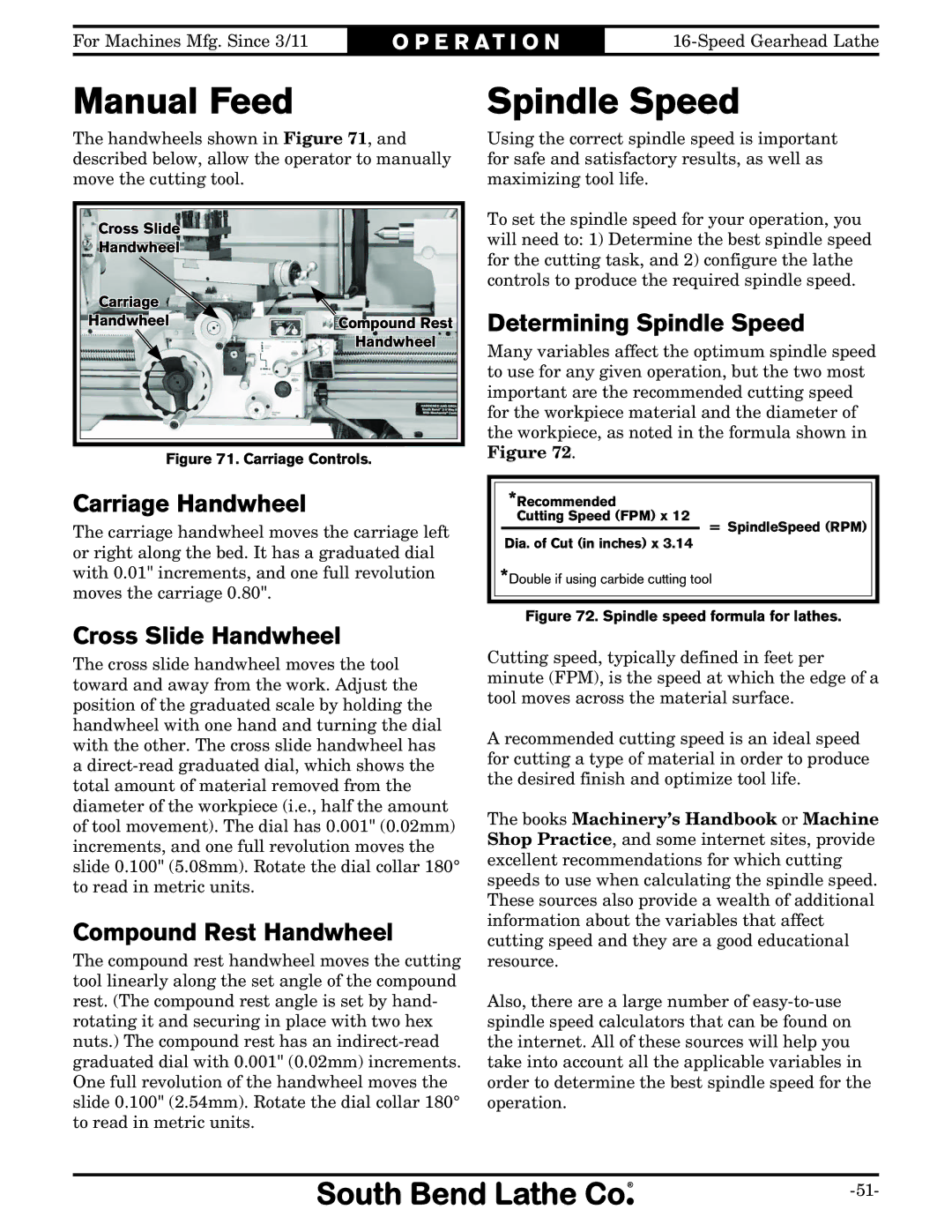SB1053F Turn-X specifications
The Southbend SB1053F Turn-X is a state-of-the-art oven designed to meet the high demands of commercial kitchens. Renowned for its reliability and efficiency, the Turn-X model stands out with an array of features that cater to the diverse needs of restaurants, catering services, and food production facilities.One of the key characteristics of the SB1053F is its innovative forced-air convection system. This technology ensures that heat is evenly distributed throughout the cooking chamber, resulting in perfectly cooked food every time. The uniform airflow helps to achieve consistent cooking results, reducing the risk of hot spots and unevenly cooked dishes, which is crucial for professional chefs aiming for culinary perfection.
The Turn-X oven is equipped with a user-friendly digital control panel that allows chefs to easily program and monitor cooking times and temperatures. This feature enhances the ease of use, enabling kitchen staff to multi-task efficiently without compromising on the quality of the dishes being prepared. With pre-set cooking options, the oven can accommodate a wide range of recipes, from baking to roasting.
Another notable feature of the SB1053F is its robust construction. Built with high-quality stainless steel, the oven is designed to withstand the rigors of a busy kitchen environment. The durable exterior not only provides an appealing aesthetic but also ensures easy cleaning and maintenance, a vital aspect for maintaining hygiene in food service operations.
The Turn-X also incorporates energy-efficient technologies, providing significant cost savings. Its advanced insulation minimizes heat loss, allowing the oven to reach and maintain optimal cooking temperatures quickly while using less energy. This feature is particularly beneficial for establishments aiming to reduce their environmental footprint while controlling operational costs.
The spacious cooking chamber accommodates multiple racks, maximally utilizing the available space. This design allows for high-volume cooking, ideal for restaurants with heavy demand during peak hours. The oven’s versatility makes it suitable for various cooking styles, including baking pizzas, roasting meats, and even dehydrating fruits or vegetables.
In conclusion, the Southbend SB1053F Turn-X oven combines advanced convection technology, user-friendly controls, robust construction, and energy efficiency to create a kitchen appliance that meets the needs of today's fast-paced culinary environments. Its reliability and innovative features make it a valuable asset for any professional kitchen seeking to enhance productivity while delivering consistently high-quality food.

